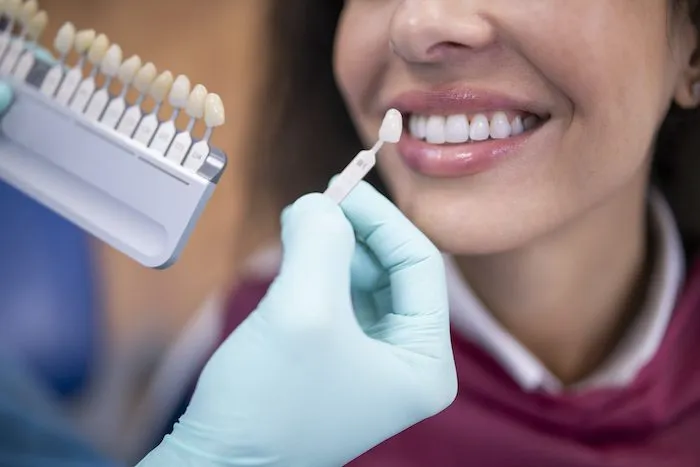How Veneers Have Evolved

Veneers have evolved dramatically over the years, benefiting from advancements in dental technology. What was once a temporary solution for a small group of people like actors is now a long-lasting, highly customizable option for enhancing everyday smiles. Today, dental veneers offer precision, durability, and aesthetics.
The Early Days of Veneers
Veneers were introduced in the 1920s, initially to improve the smiles of Hollywood actors. They were made of acrylic or composite materials and were not durable. They were used as temporary solutions, often lasting only a short time on screen. Over time, they expanded in cosmetic dentistry, but their durability and look were still limited by the available materials.
Pivotal Technological Advancements
Technological progress has transformed the industry, making it more efficient and effective. Several key innovations have been crucial in reshaping the design and application of veneers. From digital tools to improved materials, these advances have elevated veneers to new heights, providing more natural results and streamlined procedures.
Digital Smile Design Software
One of the innovations in technology is digital smile design (DSD) software. DSD allows dentists to create highly accurate and customized designs using digital imaging and modeling. This software enables the precise tailoring to fit a patient’s facial features and smile preferences. The result is a more predictable and satisfying outcome for the patient.
3D Printing Technology
3D printing has significantly improved the production of veneers by offering higher precision and speed. Dentists can now create lifelike, customized veneers with intricate natural-looking details and textures. Advanced 3D printers can produce veneers more efficiently, making the entire process faster.
High-Quality Materials
Modern veneers are crafted from stronger, more durable materials than their predecessors. Advanced options like lithium disilicate ceramics and zirconia offer excellent strength and aesthetics. These materials mimic the translucency and color of natural enamel, making the veneers blend seamlessly with the patient’s natural teeth.
CAD/CAM Technology
The introduction of Computer-Aided Design/Computer-Aided Manufacturing (CAD/CAM) technology has brought incredible precision to production. Dentists can now design, scan, and fabricate veneers in a single visit, reducing the time and hassle for both parties. The process ensures an exact fit and better overall comfort for the patient.
Advanced Adhesive Systems
Advancements in adhesive technology have also played a role in enhancing veneers. Stronger adhesives now help to create a more secure bond to the natural tooth, which extends the lifespan of the treatment. These modern adhesives are designed to resist detachment, providing a more durable result.
Benefits of These Innovations
The combined impact of these technological advancements has made veneers more accessible and efficient. Key benefits include enhanced precision, faster treatment times, improved durability, and broader accessibility. The ability to create life-like veneers that blend seamlessly with natural teeth has changed the cosmetic dentistry landscape. Additionally, lower production costs make high quality available to a wider range of patients.
For the Everyday Patient
The evolution showcases the profound impact of technology on modern dentistry. From their humble beginnings as temporary solutions to their current state as highly advanced cosmetic treatments, they have come a long way. Today’s veneers offer natural-looking results with faster application and longer-lasting durability that are accessible for most anyone. For both dentists and patients, these technological advancements provide unmatched reliability and effectiveness in smile enhancement.





